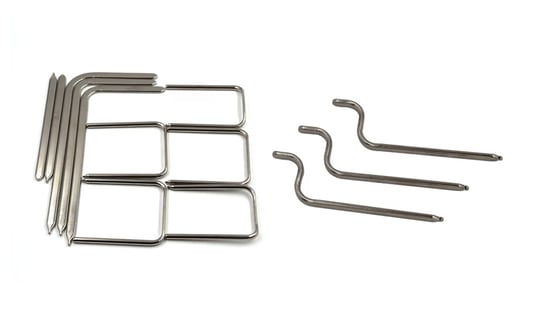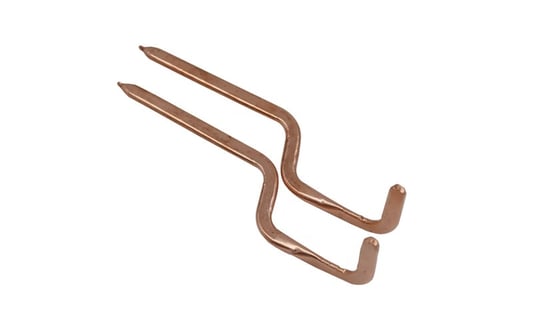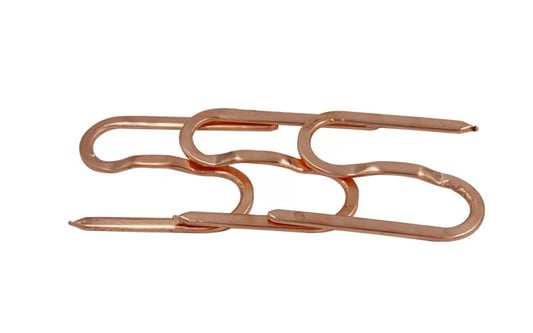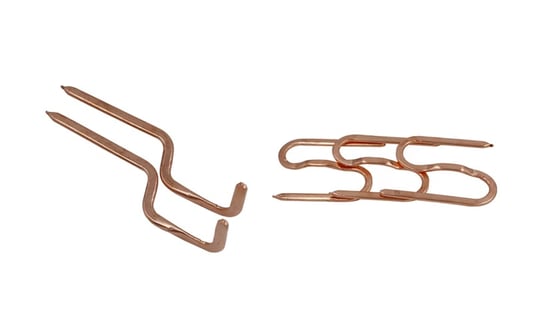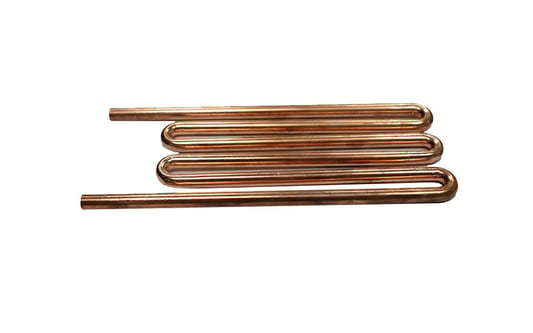Efficient Heat Dissipationvapor chamber heat sinks are incredibly efficient at dissipating heat. By utilizing a vapor chamber, heat from the CPU or GPU is quickly spread out and dissipated, allowing for better cooling performance. This technology enables electronic devices to operate at optimal temperatures, preventing overheating and potential damage.Enhanced Thermal ConductivityCompared to traditional heat sink designs, vapor chamber heat sinks offer significantly higher thermal conductivity. This means that heat is transferred more effectively from the heat source to the cooling fins, resulting in improved cooling efficiency. With better thermal conductivity, electronic devices can run more smoothly and reliably.Compact DesignOne of the key advantages of vapor chamber heat sinks is their compact design. These heat sinks are thinner and lighter than traditional models, making them ideal for compact electronic devices such as laptops and smartphones. The compact design allows for better thermal management in space-constrained environments.Reduced HotspotsHotspots can be a major issue in electronic devices, causing components to overheat and degrade over time. Vapor chamber heat sinks help to eliminate hotspots by evenly spreading out the heat across the entire surface of the chamber. This results in more uniform cooling and prolongs the lifespan of electronic components.Customizable SolutionsVapor chamber heat sinks are highly customizable, allowing for tailored solutions to meet specific cooling requirements. Manufacturers can design heat sinks in various shapes and sizes to fit different electronic devices and cooling needs. This versatility makes vapor chamber heat sinks a versatile and effective cooling solution.Quiet OperationUnlike traditional heat sink designs that rely on noisy fans for cooling, vapor chamber heat sinks operate quietly and efficiently. The passive cooling capability of vapor chambers eliminates the need for loud fans, resulting in a quieter and more enjoyable user experience. This makes vapor chamber heat sinks ideal for noise-sensitive environments.Longevity and DurabilityVapor chamber heat sinks are known for their longevity and durability. The high-quality materials and construction of vapor chambers ensure reliable performance over an extended period. This means that electronic devices equipped with vapor chamber heat sinks can maintain optimal cooling performance for years to come.Compatibility with High-Performance SystemsFor high-performance electronic devices such as gaming PCs and workstations, vapor chamber heat sinks are an ideal cooling solution. These heat sinks can efficiently dissipate heat generated by powerful CPUs and GPUs, allowing for sustained performance under heavy workloads. Vapor chamber heat sinks are the perfect choice for demanding applications.Energy EfficiencyBy efficiently dissipating heat and maintaining optimal operating temperatures, vapor chamber heat sinks contribute to energy efficiency. Electronic devices equipped with vapor chamber heat sinks consume less power and produce less heat, resulting in lower energy costs and a reduced environmental footprint. This makes vapor chamber heat sinks a sustainable cooling solution.Cost-Effective Cooling SolutionDespite their advanced technology and superior performance, vapor chamber heat sinks offer a cost-effective cooling solution for electronic devices. The long-term benefits of improved cooling efficiency, reduced energy consumption, and extended component lifespan outweigh the initial investment in vapor chamber heat sinks. In the long run, choosing vapor chamber heat sinks can save money and enhance the overall value of electronic devices.Quote InquiryContact us


